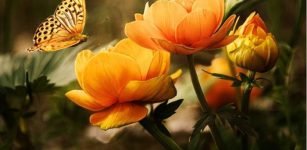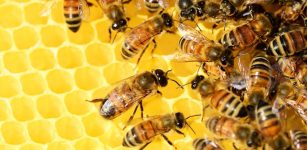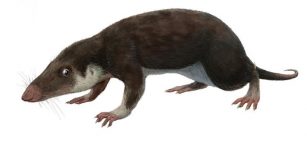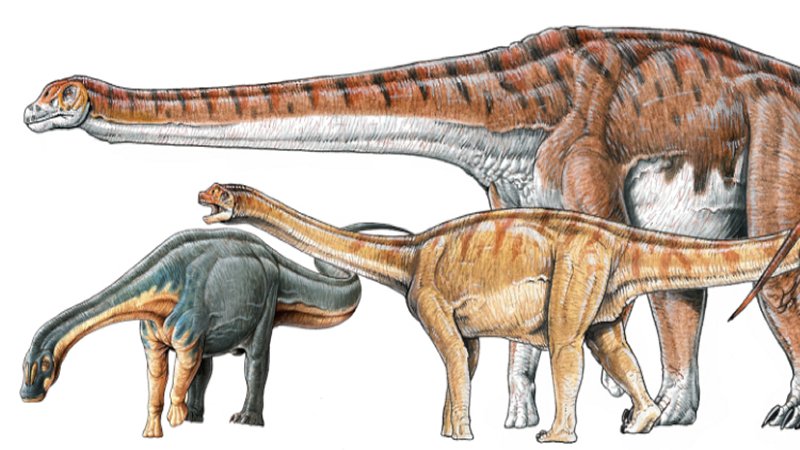Amazing Nature – Hidden Map Inside Plants Discovered
MessageToEagle.com – There is no doubt plants are special in a number of ways. We have previously seen plants that can make music and sing.
Plants are very much alive. Not only do they dislike human noise but they also posses the capacity to learn and communicate.
Researchers have also discovered that plants and humans have more in common than previously thought. Plants possess a number of amazing properties and they can” behave” similar to us.
Another astonishing property is that plants possess intelligence. They can sense danger and know exactly how to avoid predators.
Even more amazing is the fact that although plants are actually deaf, they can feel, see, smell and remember. Not to mention that they are also altruistic!
Recently researcher made another surprising discovery. A group of scientists from the John Innes Centre and University of East Anglia, UK asked themselves why rose petals have rounded ends while their leaves are more pointed and they noticed something unusual. Their study revealed that the shape of petals is controlled by a hidden map located within the plant’s growing buds.
Leaves and petals perform different functions related to their shape.
Leaves acquire sugars for a plant via photosynthesis, which can then be transported throughout the plant. Petals develop later in the life cycle and help attract pollinators.
In earlier work, this team had discovered that leaves in the plant Arabidopsis contain a hidden map that orients growth in a pattern that converges towards the tip of the bud, giving leaves their characteristic pointed tips.
In the new study, the researchers discover that Arabidopsis petals contain a similar, hidden map that orients growth in the flower’s bud.
However, the pattern of growth is different to that in leaves — in the petal growth is oriented towards the edge giving a more rounded shape — accounting for the different shapes of leaves and petals. The researchers discovered that molecules called PIN proteins are involved in this oriented growth, which are located towards the ends of each cell.
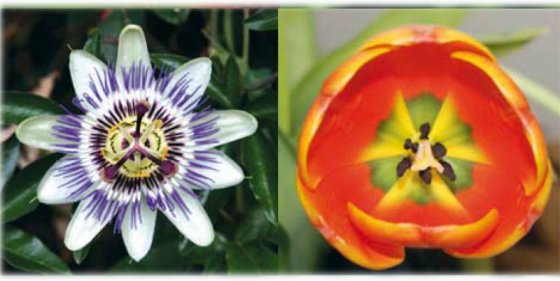
“The discovery of these hidden polarity maps was a real surprise and provides a simple explanation for how different shapes can be generated,” said Professor Enrico Coen, senior author of the study.
Can we imagine a world without flowers? Flowers are beautiful, offering us delight in their colour, fragrance and form, as well as their medicinal benefits. Flowers also speak to us in the language of the plant form itself, as cultural symbols in different societies, and at the highest levels of inspiration.
In this beautiful and original book, renowned thinker and geometrist Keith Critchlow has chosen to focus on an aspect of flowers that has received perhaps the least attention. This is the flower as teacher of symmetry and geometry (the ‘eternal verities’, as Plato called them). In this sense, he says, flowers can be treated as sources of remembering — a way of recalling our own wholeness, as well as awakening our inner power of recognition and consciousness. What is evident in the geometry of the face of a flower can remind us of the geometry that underlies all existence. Working from his own flower photographs and with every geometric pattern hand-drawn, the author reviews the role of flowers within the perspective of our relationship with the natural world. His illuminating study is an attempt to re-engage the human spirit in its intimate relation with all nature. More here
The team of researchers confirmed their ideas by using computer simulations to test which maps could predict the correct petal shape.
They then confirmed experimentally that PIN proteins located to the right sites to be involved in oriented growth, and identified that another protein, called JAGGED, is involved in promoting growth towards the edge of petals and in establishing the hidden map that determines petal growth and shape.
Unlike animal cells, plant cells are unable to move and migrate to form structures of a particular shape, and so these findings help to explain how plants create differently shaped organs — by controlling rates and orientations of cell growth.
From an evolutionary perspective, this system creates the flexibility needed for plant organs to adapt to their environment and to develop different functions.
Isn’t nature amazing?
© MessageToEagle.com




